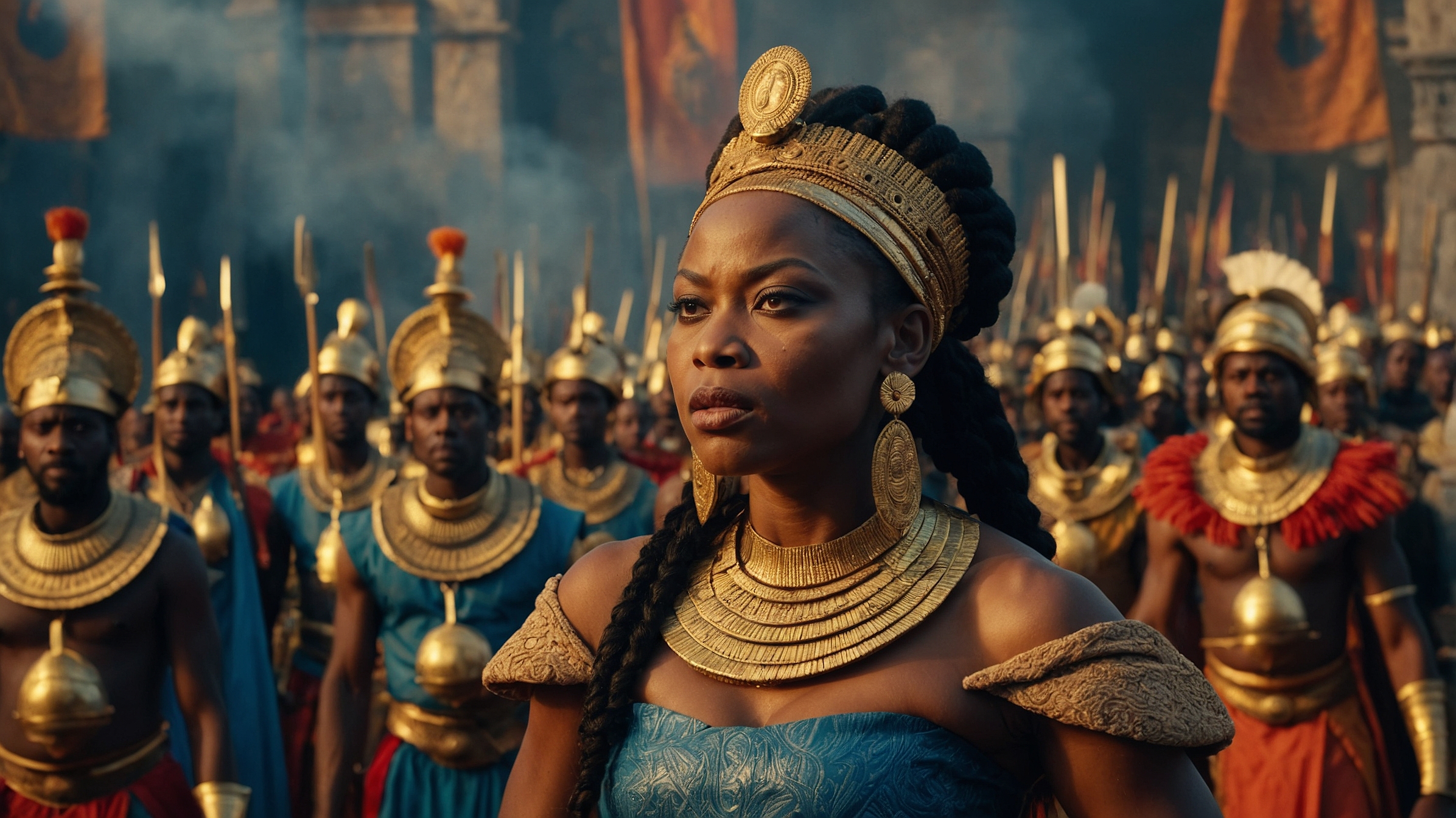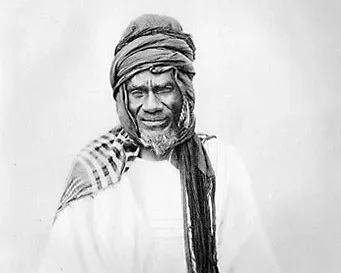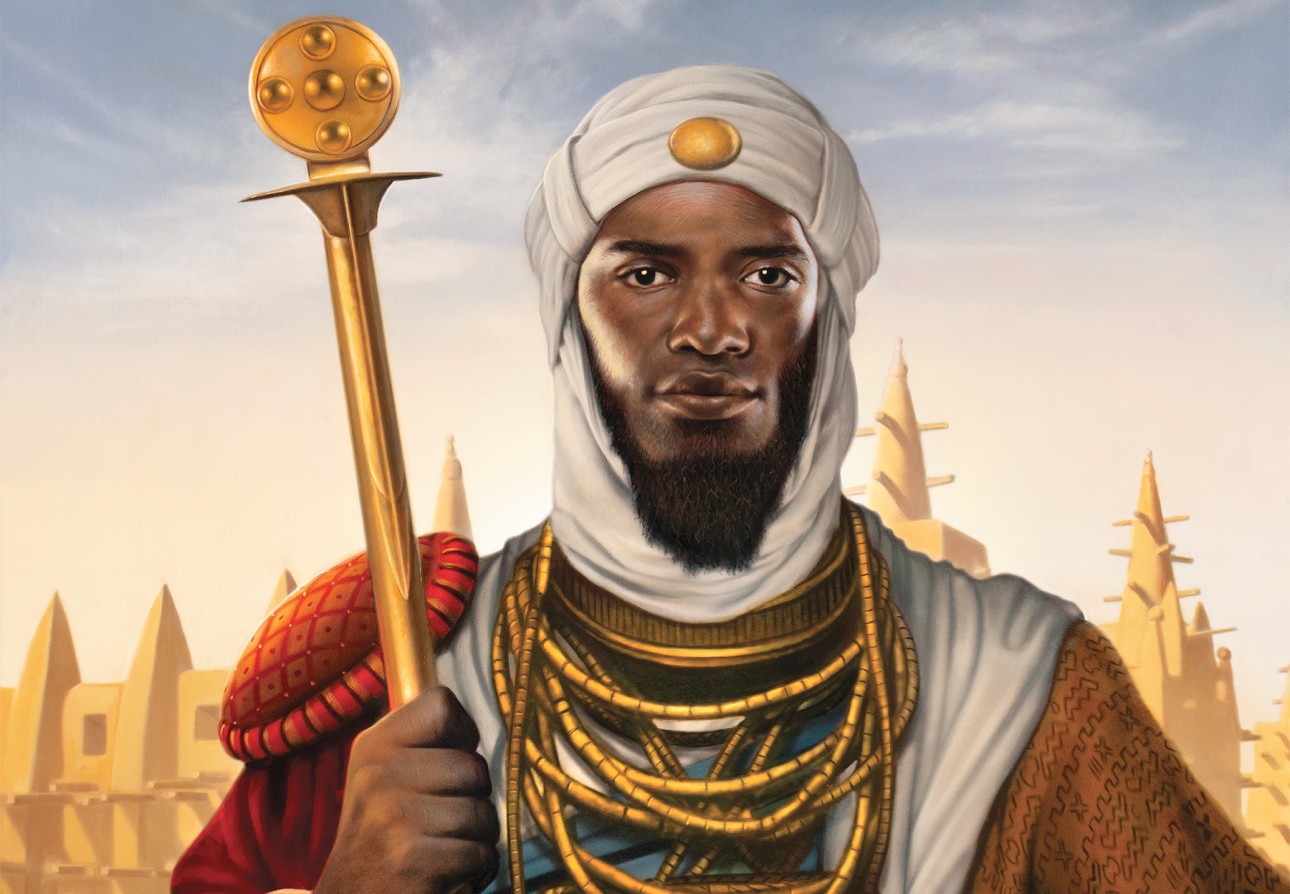In her dogged opposition to Portuguese colonial aspirations, Queen Nzinga Mbande exemplified tenacity and strategic intelligence throughout her reign over the Ndongo and Matamba kingdoms in modern-day Angola in the 17th century. In the face of violent European expansion and the transatlantic slave trade, her legacy stands as a monument to the ever-present fight for African independence and sovereignty.
Early Life and Ascendancy
King Kilombo Kia Kasenda’s daughter Nzinga was born into the Ndongo royal dynasty in or around 1583. Her name comes from the Kimbundu word “kujinga,” which means to twist or turn. It was given to her because the umbilical cord was twisted around her neck when she was born, which was thought to be a sign of greatness. The early encouragement and participation in court issues that Nzinga received from her father, who saw her promise, helped her develop an appreciation for the complexities of leadership and diplomacy.
Portuguese invaders ramped up their attempts to dominate Ndongo and exploit its people in the late 16th and early 17th centuries, when the slave trade was at its height. At the height of the fighting, Nzinga’s brother Ngola Mbande became king. As an emissary to Luanda in 1622, Ngola Mbande sent Nzinga to negotiate peace and recover Ndongo lands conquered by the Portuguese. Her remarkable diplomacy led to a preliminary peace accord, and her baptism as Dona Ana de Sousa symbolized her readiness to embrace Christianity in order to achieve her political goals.
Struggle for Power and Resistance
When Ngola Mbande died in 1624, under what some sources interpret as a suicide prompted by political pressures, Nzinga became king. Since female monarchs were usually not allowed under Ndongo’s patriarchal customs, her rise to power was unusual. Internal rivals and Portuguese forces both opposed Nzinga’s power right away. She countered the Portuguese with a multipronged approach that included forming alliances with other African rulers, recruiting mercenaries and former slaves, and using diplomatic channels.
After enduring unrelenting Portuguese military attacks in 1626, Nzinga withdrew eastward and took control of the Matamba Kingdom. This calculated move not only gave her a fortified citadel, but it also put her on important trade routes, so she could keep fighting and keep her economy afloat. Matamba became a stronghold for Portuguese opponents and a safe haven for fugitive slaves and political prisoners under Nzinga’s leadership.
Alliance with the Dutch and Continued Resistance
When the Dutch captured Luanda from the Portuguese in 1641, it changed the geopolitical scene. In order to permanently banish the Portuguese from the area, Nzinga, seeing a chance to bolster her power, allied with the Dutch. After the Portuguese retook Luanda in 1648, the alliance collapsed, despite early triumphs like the conquest of important regions. But Nzinga persisted in her defiance, encouraging insurgencies in regions under Portuguese rule and resorting to guerilla methods.
Cultural and Political Legacy
In addition to her military achievements, Nzinga was a cultural star and a cunning politician. Using religious conversion when it benefited her and returning to indigenous rituals when it was necessary, she deftly maneuvered between the intricate interaction of African traditions and European influences. Ceremonial spectacle was a hallmark of her court, and she herself used gender-bending power symbols, like as traditional warrior attire, to challenge gender norms and show her dominance.
Although an era came to a close with Nzinga’s death in 1663, her influence lived on. By 1656, she had gotten Portugal to recognize Matamba’s sovereignty and establish trade channels on good terms through a peace pact she had brokered. She inspired later generations to fight colonial dominance thanks to her mastery of statecraft and military tactics, which changed the course of history in the region.
In summary
The life of Queen Nzinga Mbande exemplifies the strength and resourcefulness displayed by African rulers during the era of colonial oppression. Her diplomatic conversations, military strategies, and alliances demonstrate an advanced knowledge of the political climates in Europe and Africa. Nzinga’s narrative is about more than just standing up to imperialism; it’s also about her visionary leadership, which she used to protect her people’s independence and culture.
References
BlackPast.org. “Queen Nzinga (1583-1663).” https://www.blackpast.org/global-african-history/queen-nzinga-1583-1663/
Wikipedia. “Nzinga of Ndongo and Matamba.” https://en.wikipedia.org/wiki/Nzinga_of_Ndongo_and_Matamba
Britannica. “Nzinga.” https://www.britannica.com/biography/Nzinga
Black History Month UK. “Queen Nzinga Mbande: The Unyielding Beacon of Resistance and Sovereignty.” https://www.blackhistorymonth.org.uk/article/section/african-history/queen-nzinga-mbande-the-unyielding-beacon-of-resistance-and-sovereignty/
UNESCO. “Njinga Mbandi: Queen of Ndongo and Matamba.” https://unesdoc.unesco.org/ark:/48223/pf0000230103
Open University. “World-Changing Women: Queen Nzinga.” [https://www.open.edu/openlearn/history-the-arts/world-changing-women-queen-nzinga](https://www.open.edu/openlearn/history-the-arts/world-changing



Leave a Reply